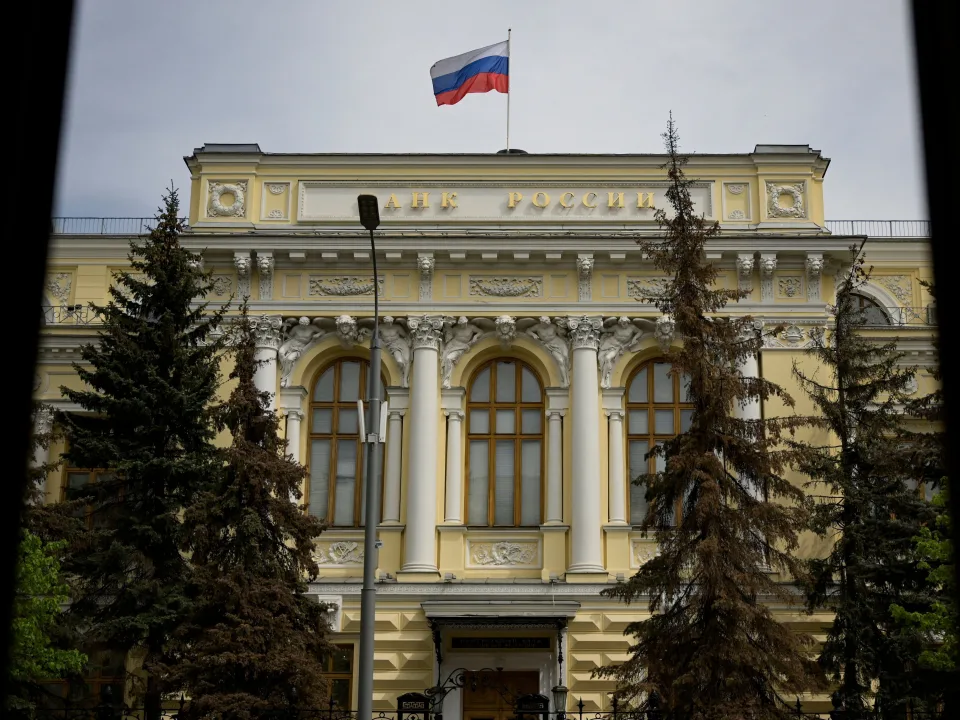Russia’s central bank lifted its benchmark rate sharply on Friday as Vladimir Putin’s war on Ukraine takes a greater toll on the economy.
It marked the first increase since the immediate aftermath of Russia’s invasion early last year. Rates are now going up 100 basis points to 8.5% from 7.5%, as policymakers cited inflationary pressure from the ruble’s recent slide and worker shortages.
“Pro-inflationary risks have increased significantly over the medium-term horizon,” the bank said.
The central bank’s last hike in February 2022 pushed the rate from 9.5% to 20%, an emergency move meant to counteract Western sanctions that followed Russia’s invasion, fueling the ruble’s plummet to a low of 137-per-dollar.
Since then, Moscow has gradually eased its monetary policy. The last cut was made in September, bringing interest to a 7.5% level.
But inflationary concerns have abounded recently, as the mobilization of Russians to the Ukrainian front pulled away from domestic labor supply, further exacerbated by an exodus of Russians hoping to avoid the war. Industrial output has suffered amid strong demand.
“The increase in domestic demand surpasses the capacity to expand production, including due to the limited availability of labor resources,” the central bank said.
Meanwhile, though the ruble has largely recovered from 2022’s lows, the currency has weakened sharply against the dollar this year and the Wagner mercenary group’s uprising in late June accelerated that further.
Although short-lived, the revolt pushed Russians to withdraw $1 billion worth of rubles in a few days, and demand for foreign currencies jumped 70%-80% in some regions.
And despite Friday’s rate hike, the ruble fell 1.6% against the greenback to 90.80.
In addition, the Kremlin’s military spending for the war has widened its budget deficit, adding even more inflationary pressure.

